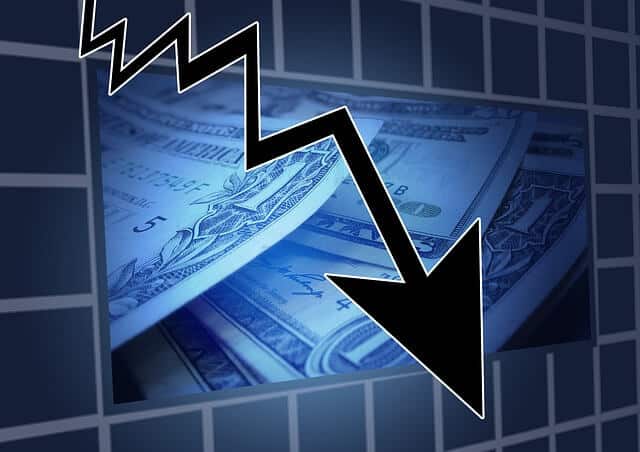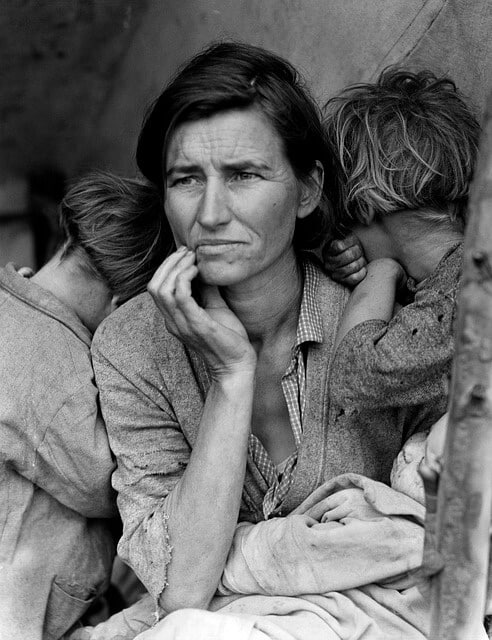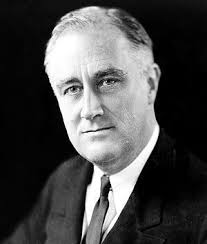The Great Depression
The Great Depression of the 1930s was a severe economic problem which affected the whole world, and United States of America (USA) in particular. This was a significant event between two world wars. Great Economic Depression started in 1929 and lasted until the 1940s.
What is a Depression?
 Depression is a severe and prolonged downturn in economic activity.
Depression is a severe and prolonged downturn in economic activity.
A depression is characterized by economic factors such as substantial increases in unemployment, a drop in available credit, diminishing output, bankruptcies and sovereign debt defaults, reduced trade and commerce, and sustained volatility in currency values. In times of depression, consumer confidence and investments decrease, causing the economy to shut down.
What is the difference between Depression and Recession?
Depression is different from a recession.
- During the depression, the real GDP decreases, and not just rate of GDP growth. This means the production of goods and services in an economy (in a year) will be less than of the previous year.
- But on the other hand, recession denotes lowering of GDP growth rate. Recession as per usual definitions is negative GDP growth rate for two consecutive quarters.
There is an old joke among economists that states: A recession is when your neighbor loses his job. A depression is when you lose your job.
The Great Depression (1929-1945)

The depression originated in the U.S., after the fall in stock prices that began around September 4, 1929, and became worldwide news with the stock market crash of October 29, 1929 (known as Black Tuesday).
Americans view Great Depression of the 1930s among the most defining experiences they ever faced since the American War of Independence and the American Civil War.
Highlights of Great Depression
- Almost all nations affected except USSR.
- Began in the USA.
- Spread to Europe.
- Began on Oct 24,1929 with fall in prices of shares.
Cause of Great Economic Depression
- Speculation on borrowed money, which led to the collapse of American Share Market.
- Rapid selling created further fall.
- Failure of banks to provide credit to agriculture and industries.
- Economic inactivity due to First World War.
Remedial Measures by US Presidents:
- Herbert Hoover (1932- US President) – Reconstruction Finance Corporation.
- Franklin Roosevelt (1932 – US President) – New Deal.
What was New Deal?

- Relief, Recovery, Reforms.
- Tennessee Valley Authority: for construction works.
- Federal Emergency Relief Administration (FERA) : funds for states and local governments.
- Federal Reserve Bank: for providing loans.
- Security Exchange Act 1934: license to the stock exchange.
- National Industrial Recovery Act (NIRA : Raise worker wages, lower working hours.
- Agricultural Adjustment Act (AAA): compensation to farmers, raise agriculture prices.
- Collective bargaining between employer and workers.
- Restriction of work hours.
- Federal Deposit Insurance Corporation (FDIC): to protect depositors’ accounts.
- Securities and Exchange Commission (SEC): to regulate the U.S. stock markets.
Effects of New Deal: Combating Great Depression
- Strengthened the American Economy.
- Restored Confidence among people.
- Increased production and thus industrial prosperity.
- By 1940, there was normal economic activity in the USA.
Was it the New Deal or the World War II which ended the Great Depression of the 1930s?
- The New Deal expanded the regulatory power of the federal government and the government’s role in the economy. It focused new attention on the plight of workers, women, racial minorities, children, and other groups.
- However, many Keynesian economists believe that it was actually the big government spending during World War II which ended the Great Depression. The military guns, tanks, ships, and planes were mass produced. Unemployment started to decline at the start of World War II.
- Though the Allies and the Axis Powers had been at war since 1939, the United States remained neutral until the Japanese attacked Pearl Harbor on December 7, 1941.
- World War II ushered in numerous social changes, including more civil liberties and the movement of women into previously male-only jobs.
- The country emerged from World War II a very different nation – it solidified America’s role as a global power.

Comments
Post a Comment